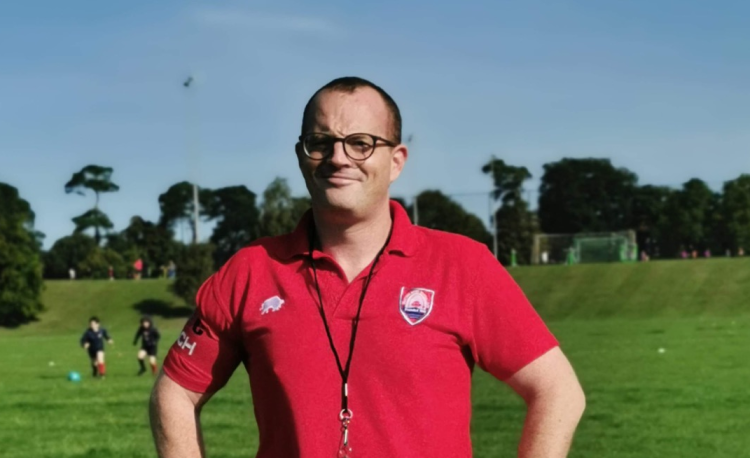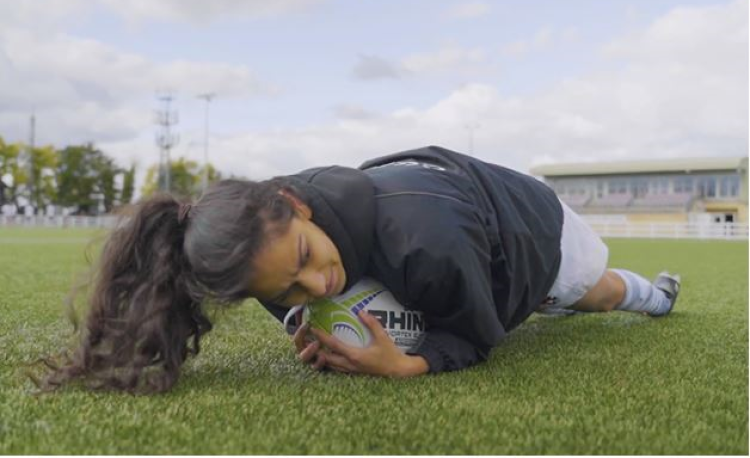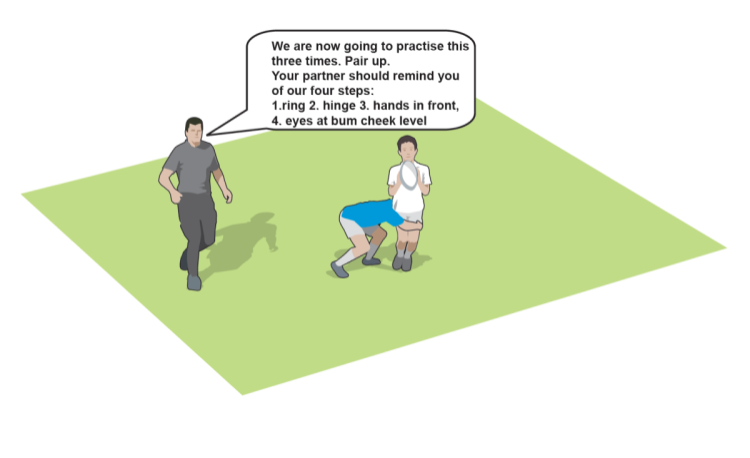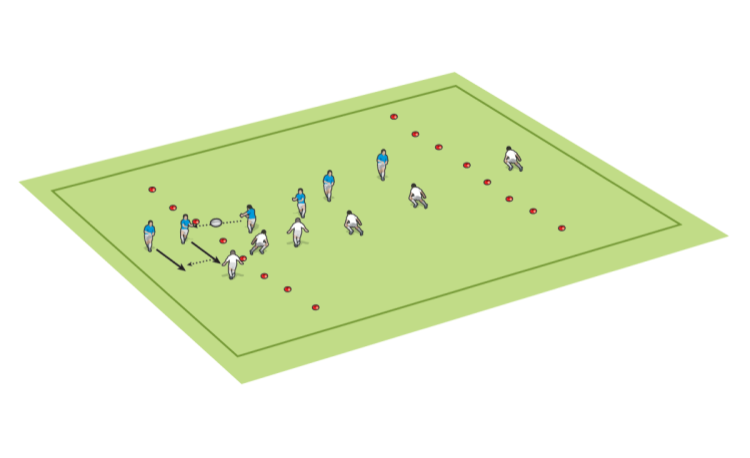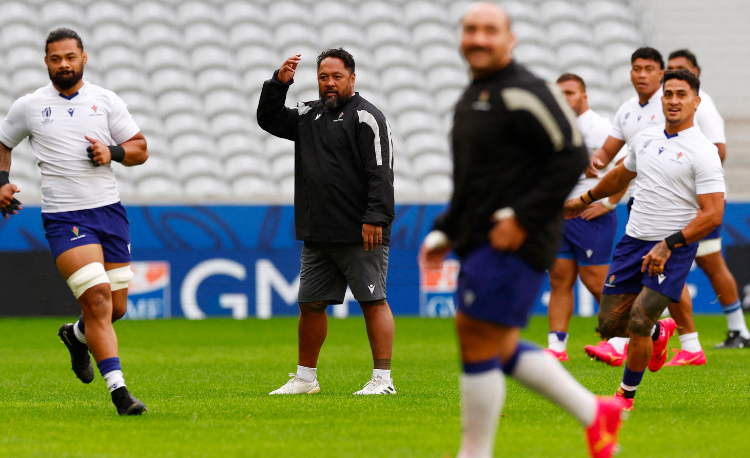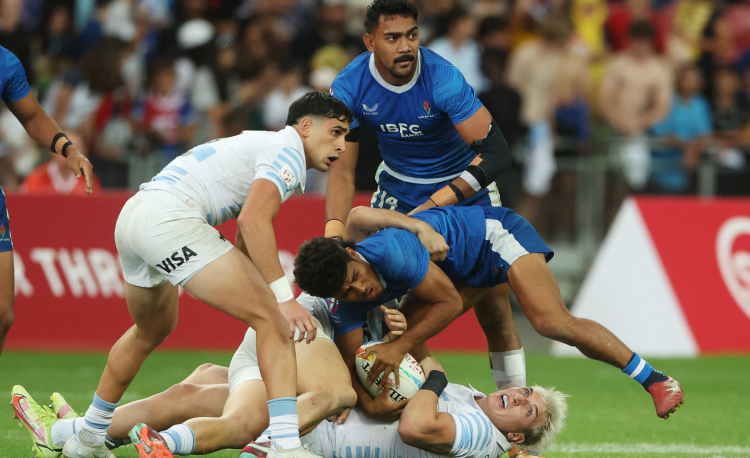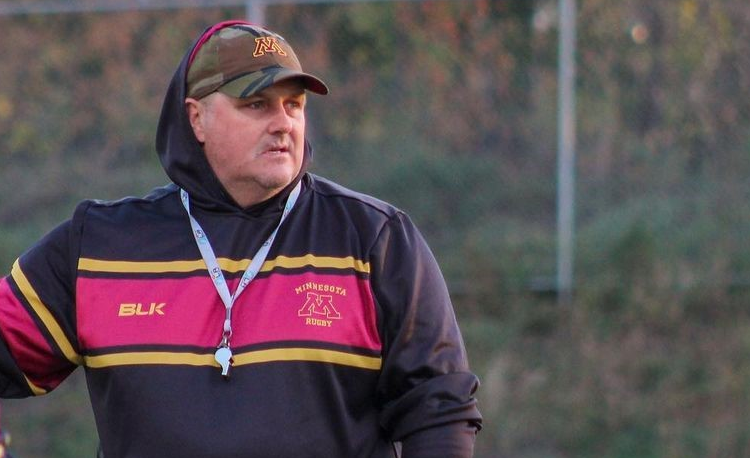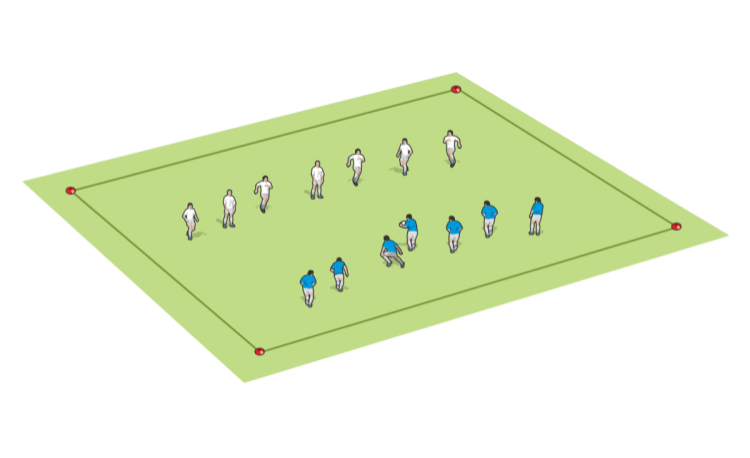Introducing rugby in a non-rugby school
LINDSAY ABERY, minis and juniors chair at Thatcham RFC in Berkshire, shares his six top tips for bringing the game to a whole new audience of youngsters.
I have spent a lot of time in both primary and secondary schools.
Nothing sharpens you up more than a class of Year 2s (U7s) doing rugby for the first time! Here are six key takeaways for introducing rugby in schools.
1. ’Keep it simple, stupid’
We use phrases like ’support’ and ’pass backwards’, but what do they mean to the non-rugby-playing rugby player?
A session I ran for U8s progressed from a game of rugby netball to touch rugby. I said: “You now need to pass the ball backwards" and was greeted with puzzled expressions.
Each touched player stopped and threw the ball over their head. So I changed the command to: “Pass to someone behind you."
TOP TIP: Use the KISS approach (’Keep it simple, stupid’). Consider literal meanings of what you say. It is what players will hear.
2. Less is more
Do not overload new players with detailed explanations.
I sometimes find myself explaining everything behind my thought process, saying things like: “We need to get the ball into spaces created by moving the ball.”
You will likely have more success by explaining: "We always look to get the ball wide, initially." The rest can follow.
TOP TIP: Be initially prescriptive with a simple pattern of play. Do not overthink!
3. Strong roots result in strong structure
I initially tried to avoid too much structure in my game plans. But a simple move executed well, even if predictable to the opposition, is better than six moves executed poorly.
The non-rugby-playing rugby player will not have a bank of experience to tap into, either through playing or watching the sport.
TOP TIP: Clearly explain a simple move and repeat.
4. Core skills, core skills and core skills
Recognise that the non-rugby-playing rugby player does not have the core skills required.
Consider using different balls to increase competency and confidence and, if sufficient, coaching-resource skills zones for those players.
TOP TIP: Consider slightly deflating balls as they are easier to grip, or use rebounder balls, soccer balls or any other ball to manipulate.
5. Eyes on the long-term prize
Rome wasn’t built in a day. Be realistic with expectations and keep focused on the long term.
Success could be the backs executing a loop in matches or a defensive line coming up together for the first time.
TOP TIP: Communicate one area of success in each match and define team performance by this.
6. Keep it light
Your sessions must be fun. For the non-rugby-playing rugby player, it could be that rugby is just another hobby they are trying out, after cricket and the trombone.
You have a small opportunity to ensure this hobby sticks. These are not hardcore rugby families or children, remember.
You must have a culture that celebrates endeavour over competency to ensure they are comfortable making mistakes.
TOP TIP: Ensure a mixed-ability training environment and that players fully understand their core rugby values. The non-rugby-playing rugby player must feel welcome and wanted.
A new non-rugby-playing rugby player will likely develop quickly with the above in place. The most significant development you will make is embracing the opportunities from working with local schools.
If the thought of trying to run a PE lesson with 30 U8s fills you with dread, I would suggest it means it is the right thing to do!
Related Files
Newsletter Sign Up
Coaches Testimonials

Gerald Kearney, Downtown Las Vegas Soccer Club

Paul Butler, Florida, USA

Rick Shields, Springboro, USA

Tony Green, Pierrefonds Titans, Quebec, Canada
Subscribe Today
Be a more effective, more successful rugby coach
In a recent survey 89% of subscribers said Rugby Coach Weekly makes them more confident, 91% said Rugby Coach Weekly makes them a more effective coach and 93% said Rugby Coach Weekly makes them more inspired.
Get Weekly Inspiration
All the latest techniques and approaches
Rugby Coach Weekly offers proven and easy to use rugby drills, coaching sessions, practice plans, small-sided games, warm-ups, training tips and advice.
We've been at the cutting edge of rugby coaching since we launched in 2005, creating resources for the grassroots youth coach, following best practice from around the world and insights from the professional game.
